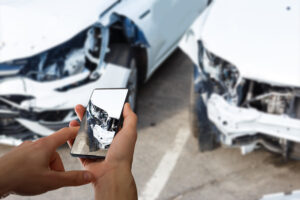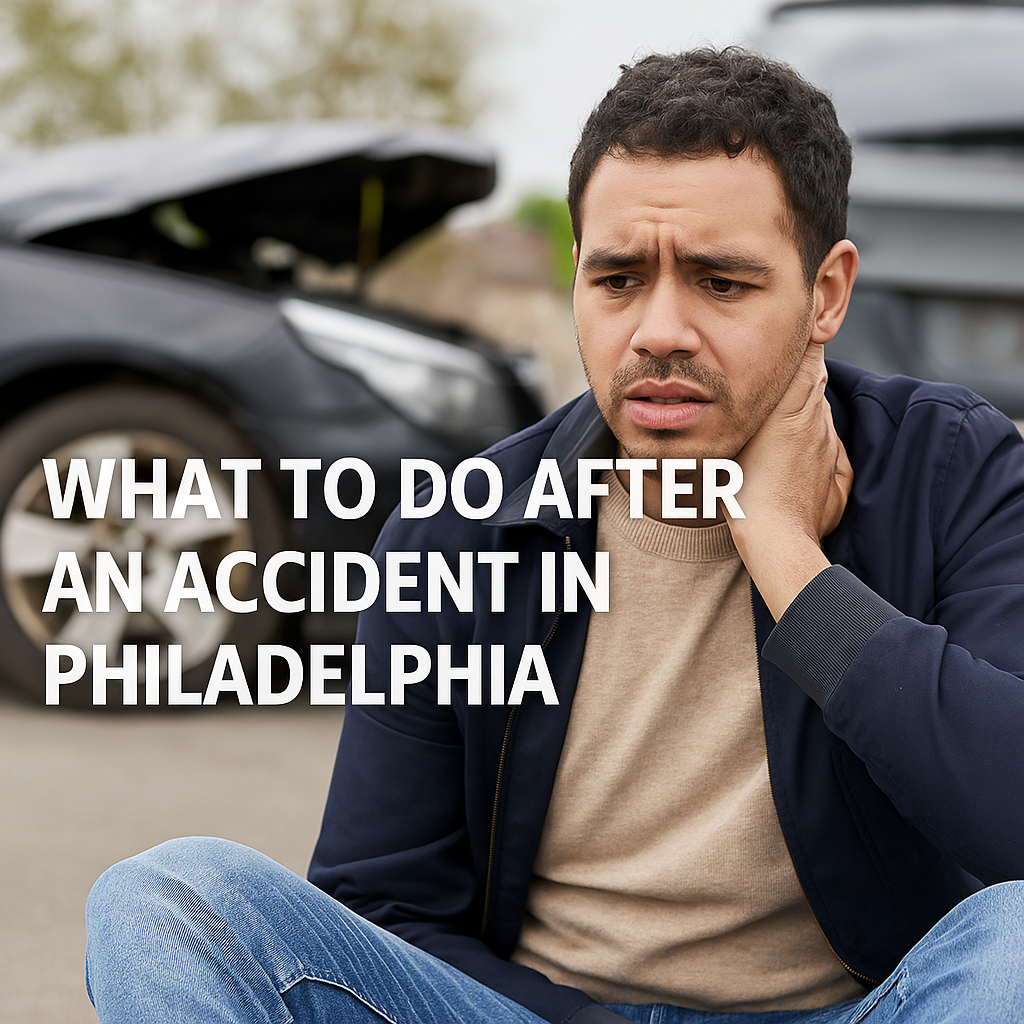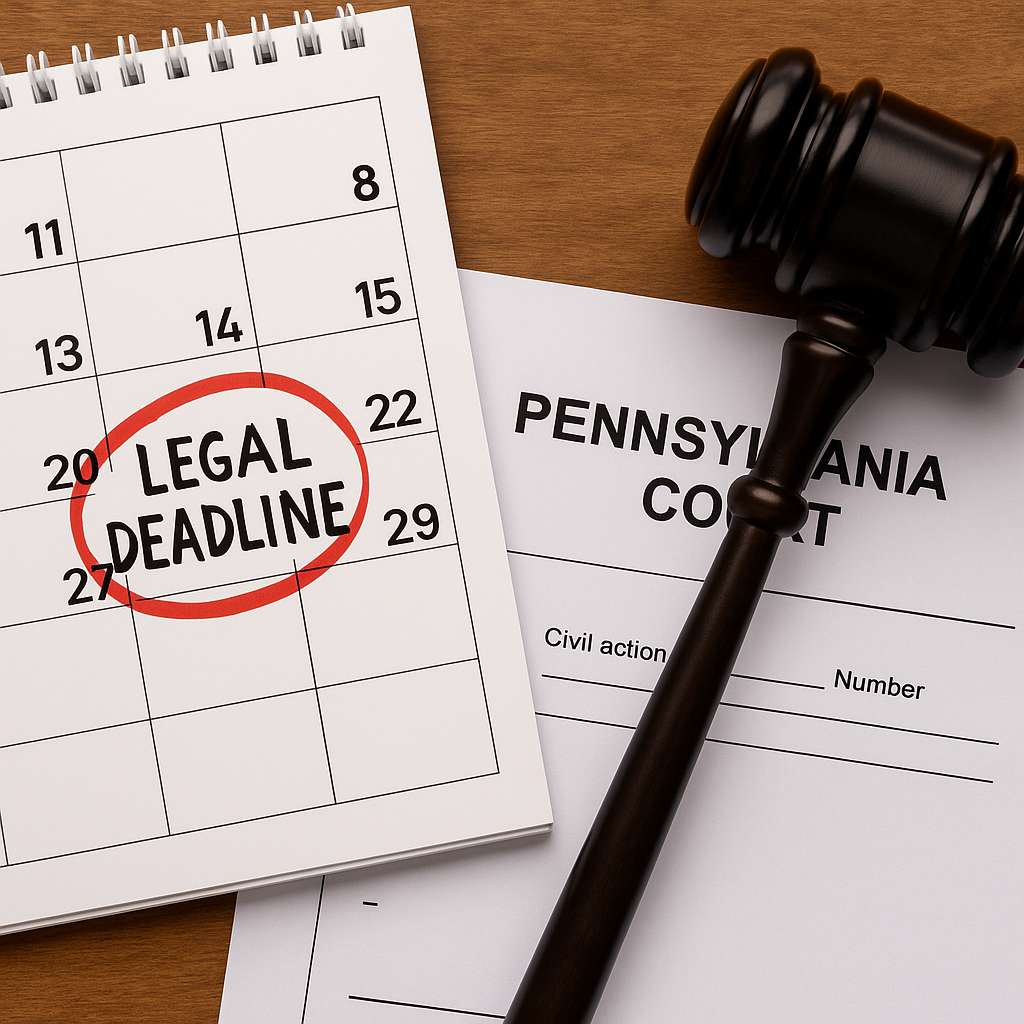
A car accident can be a chaotic and stressful experience, but taking the right photos immediately after the crash can be crucial for proving liability, supporting insurance claims, and protecting your legal rights. The more detailed and accurate your documentation, the stronger your case will be—whether you’re filing an insurance claim or seeking compensation in a personal injury lawsuit. If you’re filing an insurance claim, having a complete car accident photo checklist can help you document critical evidence.
https://phillylegalconnect.com/what-to-do-after-an-accident-a-step-by-step-legal-guide/
In this blog, we’ll cover Your Car Accident Photo Checklist: The 5 Essential Shots to take after a car accident to protect yourself and ensure that you have clear evidence if you need to prove fault.
https://crashstats.nhtsa.dot.gov/#!/
1. Wide-Angle Shots of the Entire Accident Scene
Car Accident Photo Checklist – No. 1
-
- Provides context of the accident, including road conditions, traffic signals, and vehicle placement.
-
- Helps show how the crash happened and if any external factors, like poor lighting or weather, contributed.
-
- Gives a big-picture view for insurance adjusters and accident investigators.
📍 How to Take It:
-
- Stand far enough away to capture all vehicles involved, skid marks, debris, and street signs.
-
- Take multiple photos from different angles to ensure you capture all details.
-
- If possible, take a video scan of the accident scene before any vehicles are moved.
🔎 Pro Tip: Use landmarks, street names, and traffic lights in your shots to provide clear reference points for investigators.
2. Close-Up Photos of Vehicle Damage
Car Accident Photo Checklist – No. 2
📸 Why It’s Important:
-
- Clearly documents the impact and severity of the crash.
-
- Helps assess repair costs and property damage claims.
-
- Can show whether a collision was a low-impact crash or a high-impact accident.
📍 How to Take It:
-
- Photograph all damaged areas on your car and the other driver’s vehicle.
-
- Capture dents, scratches, broken glass, deployed airbags, and fluid leaks.
-
- Take both close-up shots and mid-range shots to show damage details and relative size.
🔎 Pro Tip: Take pictures before vehicles are moved—once cars are towed or repositioned, it’s harder to prove exact damage positioning.
3. Photos of Your Injuries (and Passenger Injuries)
Car Accident Photo Checklist – No. 3
📸 Why It’s Important:
-
- Provides visual proof of visible injuries, such as cuts, bruises, swelling, and broken bones.
-
- Strengthens personal injury claims by showing how severe your injuries were immediately after the accident.
-
- Helps counter insurance company arguments if they try to downplay your injuries.
📍 How to Take It:
-
- Capture all visible injuries on yourself, passengers, and anyone else involved in the crash.
-
- Take multiple angles and varying distances to show the extent of the injury.
-
- Continue taking photos in the days and weeks after the accident to show progression or worsening symptoms.
🔎 Pro Tip: If possible, take timestamped photos to prove when the injuries occurred.
4. Traffic Signals, Road Signs, and Weather Conditions
Car Accident Photo Checklist – No. 4
📸 Why It’s Important:
-
- Establishes whether a driver ran a stop sign, ignored a yield sign, or was speeding in a restricted zone.
-
- Shows if weather conditions (rain, ice, fog) contributed to the accident.
-
- Can help prove liability if another driver failed to follow traffic rules.
📍 How to Take It:
-
- Photograph nearby stop signs, traffic lights, and speed limit signs.
-
- Capture the condition of the road, including potholes, skid marks, or construction areas.
-
- Document weather conditions like fog, rain, or snow that may have played a role.
🔎 Pro Tip: If possible, take a video to show if a traffic signal was malfunctioning or if there was poor visibility due to weather.
5. Photos of Driver’s License, Insurance, and License Plates
Car Accident Photo Checklist – No. 5
📸 Why It’s Important:
-
- Provides clear identification of all drivers involved in the accident.
-
- Ensures you have the correct insurance details in case the other driver provides false information.
-
- Helps police, attorneys, and insurance companies identify vehicles in multi-car accidents.
📍 How to Take It:
-
- Take clear photos of the other driver’s license, insurance card, and vehicle registration.
-
- Capture license plates of all vehicles involved in the crash.
-
- If the driver refuses to provide information, take photos of their car, license plate, and any distinguishing features.
🔎 Pro Tip: Always double-check the name and policy number on the insurance card to ensure the driver matches the policyholder.
What to Do After Taking These Photos
📌 Save Multiple Copies: Upload photos to Google Drive, iCloud, or Dropbox to prevent loss.
📌 Share with Your Attorney: If you’re filing an injury claim, these photos will be critical evidence.
📌 Provide to Insurance: Send only relevant photos to support your claim, avoiding unnecessary details that could be misinterpreted.
📌 Keep a Personal Record: Maintain copies in case your insurance company loses or disputes evidence.
How PhillyLegalConnect Can Help After a Car Accident
If you’ve been in an accident, having a personal injury attorney can ensure your rights are protected.
https://www.theoakesfirm.com/post/car-accidents-what-you-need-to-know
PhillyLegalConnect helps you:
✔ Connect with top-rated Philadelphia car accident lawyers.
✔ Get a free case review to understand your legal options.
✔ Maximize compensation for medical bills, lost wages, and pain and suffering.
📞 Don’t wait—Contact PhillyLegalConnect today for expert legal assistance.
Conclusion
Taking the right five types of accident photos can make or break your case. Wide-angle shots, close-ups of damage, injury photos, road conditions, and documentation of driver details are all critical pieces of evidence. By capturing clear, detailed, and timestamped images, you can strengthen your claim, avoid insurance disputes, and ensure you have the evidence you need to recover damages.
If you or a loved one has been injured in a car accident, reach out to PhillyLegalConnect to find a qualified attorney who can help protect your rights and maximize your compensation.
Disclaimer
The information provided in this blog is for general informational purposes only and should not be considered legal advice. Laws regarding car accidents, insurance claims, and personal injury cases vary by state, and the details of each case can impact legal outcomes. Taking photos after an accident can help document the incident, but it does not guarantee a successful insurance claim or legal case.
Reading this blog does not establish an attorney-client relationship with PhillyLegalConnect or any affiliated attorneys. If you have been in a car accident and need legal guidance, consult a licensed personal injury attorney for professional advice tailored to your situation. PhillyLegalConnect is not a law firm and does not provide legal representation.


